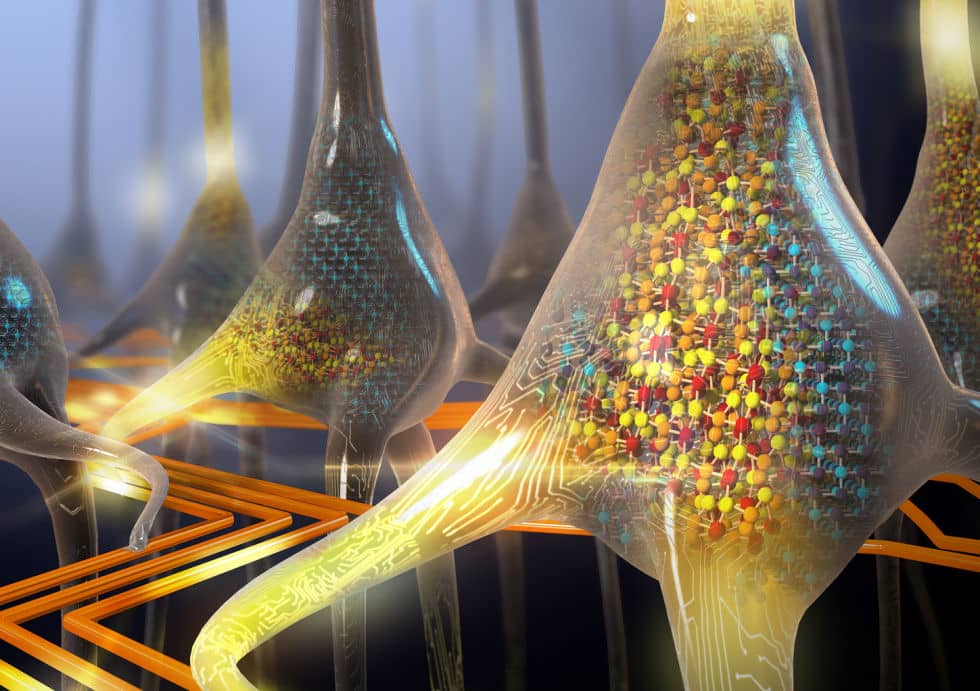What are neurons? They are the nerve cells that transmit signals to and from brain. Now IBM researchers from Zurich, Switzerland have made an artificial neuron and with that, history. The artificial phase-change neurons behaves just like the actual one does in body.
500 artificial neurons synthesized in lab were grouped together to check if they can process a neurological signal similar to the way biological neurons send signals to the brain. Like biological neurons, artificial ones can also be made on micro or nano scale, will have same power and energy usage and are capable of producing results with random variations.
Although the uses and importance of this discovery might not seem that conspicuous yet but IBM’s neuron is, without exaggeration, the next best thing after the natural neuron. The artificial neuron mimics the biological one because it has the same components as that of latter.
- Inputs (dendrites)
- Neuronal membrane (phospholipid bilayer)
- Spike Generator (soma/ nucleus)
- Outputs (Axons)
Additionally, the artificial neurons are made from strong materials that can withstand switching cycles in trillions thus, making them durable. They are about 90 nanometers in size (very tiny) but researchers are confident that they can further reduce the size to about 14 nanometers too. This research began with just 500 artificial neurons clumped together in a chain that can transmit signals. Therefore, IBM has created the closest natural imitation of a biological neuron.
The next step for the research would be to create smaller artificial neurons in much larger populations (in thousands) and write software that will enhance their capabilities. For more detail, read the research paper published by Nature Nanotechnology journal.

